24V Max Reciprocating Saw
Whether you’re a seasoned contractor or a DIY enthusiast, a 24V Max reciprocating saw provides an excellent blend of power, mobility, and battery longevity. With the increasing demand for cordless tools that can match corded performance, the 24V Max reciprocating saw is quickly becoming a favorite in job sites and home workshops alike.
24V Max Reciprocating Saw: Power, Performance, and Precision
In the world of power tools, few tools offer the versatility and aggressive cutting performance of a reciprocating saw. Whether you’re a seasoned contractor or a DIY enthusiast, a 24V Max reciprocating saw provides an excellent blend of power, mobility, and battery longevity. With the increasing demand for cordless tools that can match corded performance, the 24V Max reciprocating saw is quickly becoming a favorite in job sites and home workshops alike.
This comprehensive guide will explore everything you need to know about the 24V Max reciprocating saw, including features, benefits, how to choose the right model, and tips to get the most out of your investment.
Table of Contents
-
What is a 24V Max Reciprocating Saw?
-
Why Choose a 24V Max Reciprocating Saw?
-
Key Features to Consider
-
Popular Brands Offering 24V Max Reciprocating Saws
-
Comparison: 24V Max vs. 20V and 18V Saws
-
Best Uses for a 24V Max Reciprocating Saw
-
Safety Tips When Using Reciprocating Saws
-
Maintenance and Care
-
Buying Guide: What to Look For
-
Frequently Asked Questions (FAQs)
1. What is a 24V Max Reciprocating Saw?
A 24V Max reciprocating saw is a powerful cordless cutting tool designed to handle demolition, plumbing, metal cutting, and general carpentry tasks. The “24V Max” refers to the maximum voltage delivered by the battery, offering more runtime and higher torque than lower voltage models. These tools use a push-pull (reciprocating) blade motion to cut through materials like wood, metal, PVC, drywall, and even masonry.
Often dubbed as a “Sawzall” (a term popularized by Milwaukee), reciprocating saws are prized for their aggressive cutting performance and ability to work in tight, awkward spaces.
2. Why Choose a 24V Max Reciprocating Saw?
Choosing a 24V Max reciprocating saw provides several advantages over lower voltage and corded options:
-
Increased Power Output: With a 24V battery, the saw can cut through tougher materials without bogging down.
-
Extended Battery Life: Ideal for long jobs where recharging constantly is impractical.
-
Cordless Convenience: No need for power outlets or extension cords.
-
Lightweight and Compact: Many 24V models are ergonomically designed for reduced fatigue.
-
Brushless Motor Efficiency: Most 24V tools feature brushless motors for better durability and performance.
These features make 24V Max reciprocating saws a go-to tool for contractors, plumbers, HVAC technicians, and DIY users.
3. Key Features to Consider
When shopping for a 24V Max reciprocating saw, keep these features in mind:
a. Brushless Motor
A brushless motor increases efficiency, reduces heat, and extends the lifespan of the tool. It also provides more power during demanding cuts.
b. Stroke Length and Speed
Stroke length (typically around 1 to 1-1/4 inches) and speed (measured in strokes per minute or SPM) determine how quickly the tool can cut through materials.
-
Higher SPM (3000+) means faster cuts.
-
Variable speed triggers allow precise control depending on the material.
c. Tool-Free Blade Change
A quick-change blade mechanism saves time and effort, especially when switching between wood, metal, or demolition blades.
d. Adjustable Shoe
An adjustable pivoting shoe provides stability and control during cutting, especially in angled or awkward positions.
e. Vibration Reduction
Vibration-dampening handles or counterbalance mechanisms reduce user fatigue and improve accuracy.
f. LED Work Light
Built-in LED lights help illuminate dark work areas, especially in crawlspaces or basements.
4. Popular Brands Offering 24V Max Reciprocating Saws
Several leading power tool brands offer excellent 24V Max reciprocating saws:
1. Kobalt 24V Max
-
Known for value, quality, and power.
-
Offers brushless models with high SPM and ergonomic design.
-
Batteries are interchangeable with other 24V Max Kobalt tools.
2. Greenworks 24V
-
Offers compact, lightweight models for DIY users.
-
Focus on battery efficiency and eco-friendly design.
3. Bauer 24V (Harbor Freight)
-
Budget-friendly tools with solid performance.
-
Good for occasional or light-duty tasks.
These brands provide reliable options across price ranges for different user needs.
5. Comparison: 24V Max vs. 20V and 18V Saws
| Feature | 24V Max | 20V Max | 18V |
|---|---|---|---|
| Power | Higher torque, ideal for tough jobs | Balanced power and runtime | Older but still effective |
| Runtime | Longer runtime per charge | Moderate | Lower (typically) |
| Weight | Slightly heavier | Lighter | Depends on model |
| Cost | Moderate to high | Moderate | Low to moderate |
| Best For | Pros and serious DIYers | General users | Budget-conscious users |
If you need more power for tough jobs without sacrificing mobility, 24V Max is the superior option.
6. Best Uses for a 24V Max Reciprocating Saw
1. Demolition
Rip out drywall, framing, studs, or old plumbing pipes with ease.
2. Plumbing and Electrical Work
Cut through PVC, copper, and conduit in hard-to-reach spots.
3. Landscaping
Trim tree branches or cut small logs with the right blade.
4. Automotive Repair
Cut exhaust pipes, rusted bolts, or sheet metal in car frames.
5. Home Renovation
From cutting countertops to framing windows, reciprocating saws make remodeling efficient.
7. Safety Tips When Using Reciprocating Saws
-
Wear protective gear: Gloves, goggles, and hearing protection.
-
Use proper blades: Match blade type with material (wood, metal, etc.).
-
Secure material: Clamp or brace the material before cutting.
-
Keep both hands on the tool: Maintain control at all times.
-
Avoid blade pinching: Let the blade do the work; don’t force it.
-
Remove battery before maintenance: Always power down before blade changes.
8. Maintenance and Care
Proper maintenance extends the life of your reciprocating saw:
-
Clean regularly: Wipe down dust and debris after each use.
-
Check the blade clamp: Ensure it’s not worn or loose.
-
Inspect the battery: Avoid overcharging; store in a cool place.
-
Lubricate moving parts: Use light oil on mechanical joints occasionally.
-
Replace worn blades: Dull blades reduce efficiency and strain the motor.
9. Buying Guide: What to Look For
Here’s a checklist when purchasing a 24V Max reciprocating saw:
| Feature | Importance |
|---|---|
| Brushless Motor | ✅ Increases power and longevity |
| Battery Capacity (Ah) | ✅ Higher = longer runtime |
| SPM (Strokes Per Minute) | ✅ For faster cutting |
| Stroke Length | ✅ Impacts cut aggressiveness |
| Ergonomic Design | ✅ For comfort during long use |
| Warranty | ✅ Look for 2+ years |
| Battery & Charger Included | ✅ Save extra cost if bundled |
| Blade Compatibility | ✅ Universal blade clamp preferred |
Buying a tool-only model may save money if you already own compatible 24V batteries.
10. Frequently Asked Questions (FAQs)
Q1. Is 24V Max better than 20V Max for reciprocating saws?
Yes. A 24V Max battery generally offers higher power and longer runtime, making it more suitable for heavy-duty cutting.
Q2. Can I use a 20V battery in a 24V tool?
No. Unless the manufacturer explicitly states compatibility, 20V and 24V systems are not interchangeable.
Q3. What materials can a 24V Max reciprocating saw cut?
With the correct blade, it can cut wood, metal, plastic, drywall, nails, branches, and more.
Q4. Are 24V Max reciprocating saws good for beginners?
Yes. Their cordless design makes them easy to maneuver, and many models have features that improve user control and safety.
Q5. How long does the battery last on a 24V reciprocating saw?
Battery life varies by amp-hour rating and load but generally lasts between 20 to 60 minutes of continuous use on a single charge.
Q6. What blades are compatible with a 24V Max reciprocating saw?
Most use standard reciprocating saw blades, available in wood, metal, or demolition styles. Brands like Diablo, DeWalt, Milwaukee, and Bosch offer compatible blades.

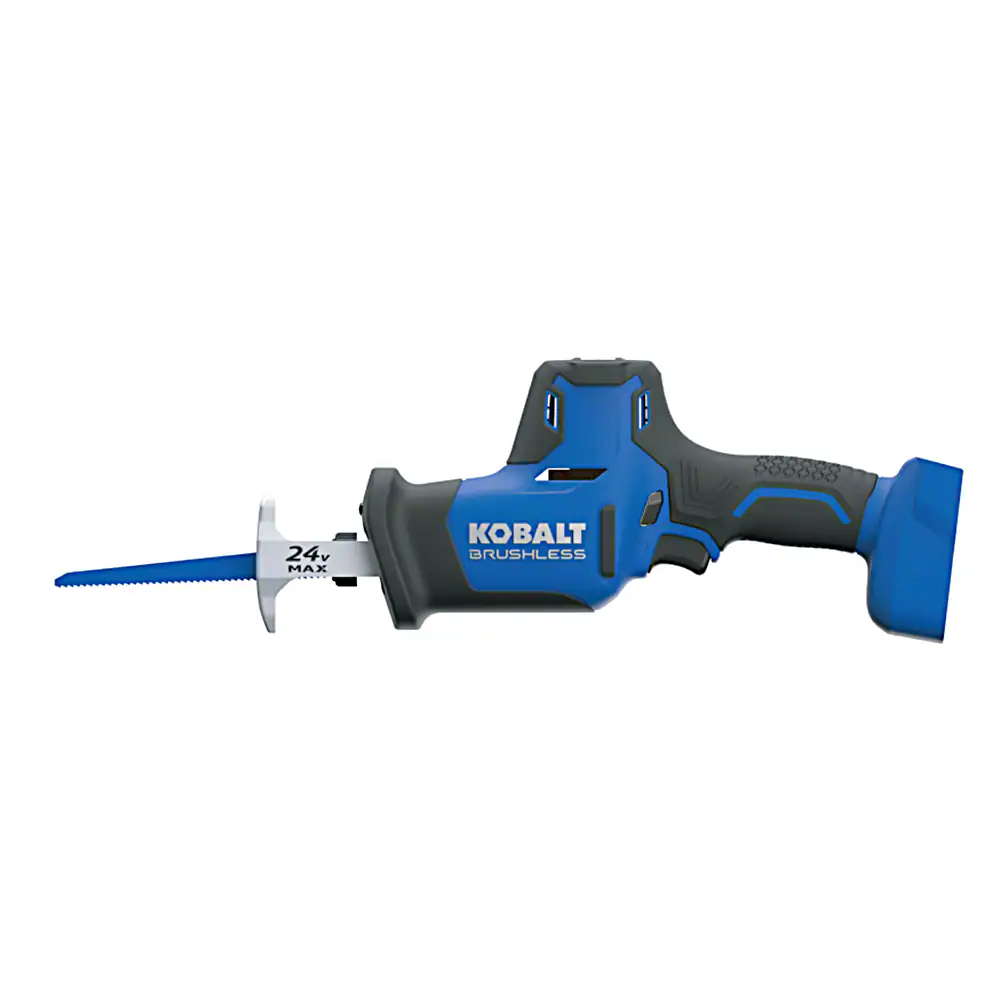
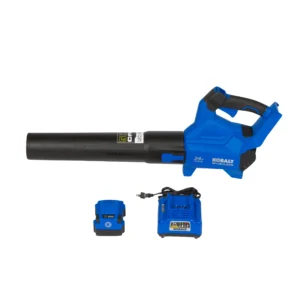
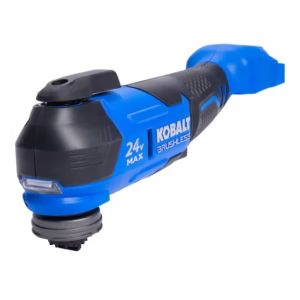

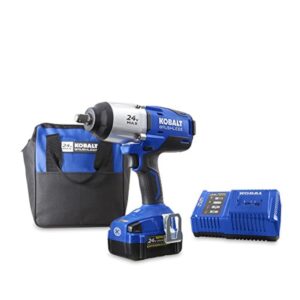
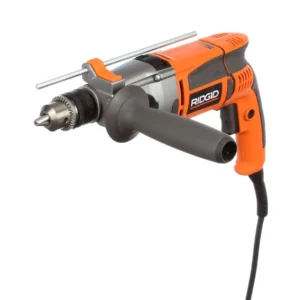
There are no reviews yet.